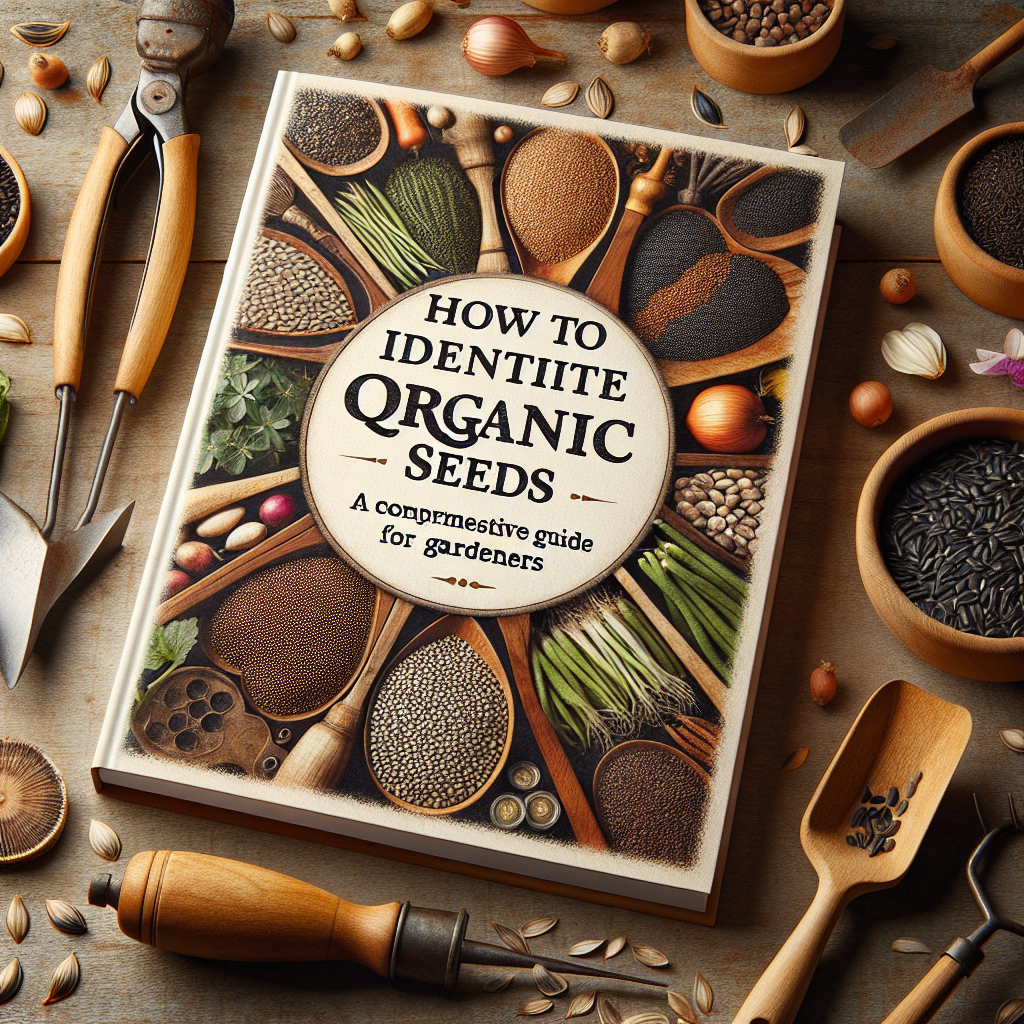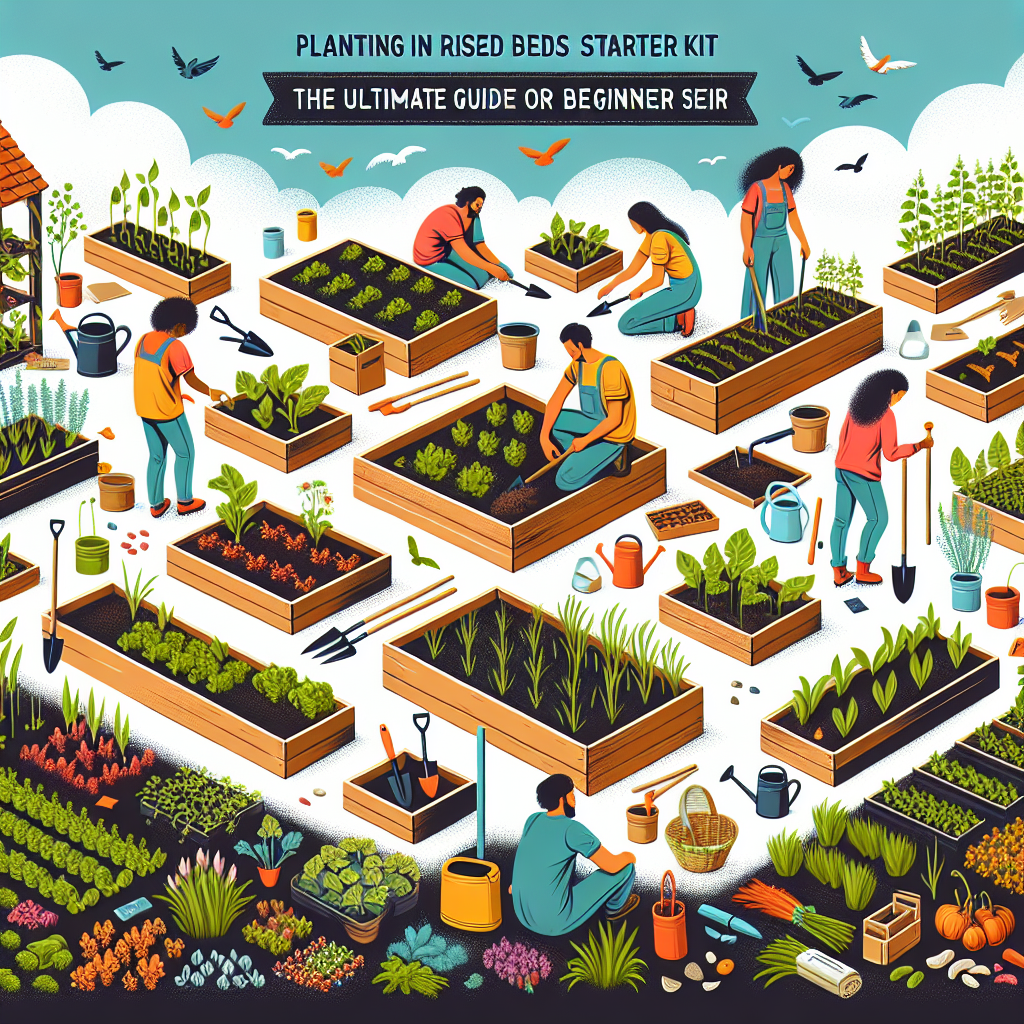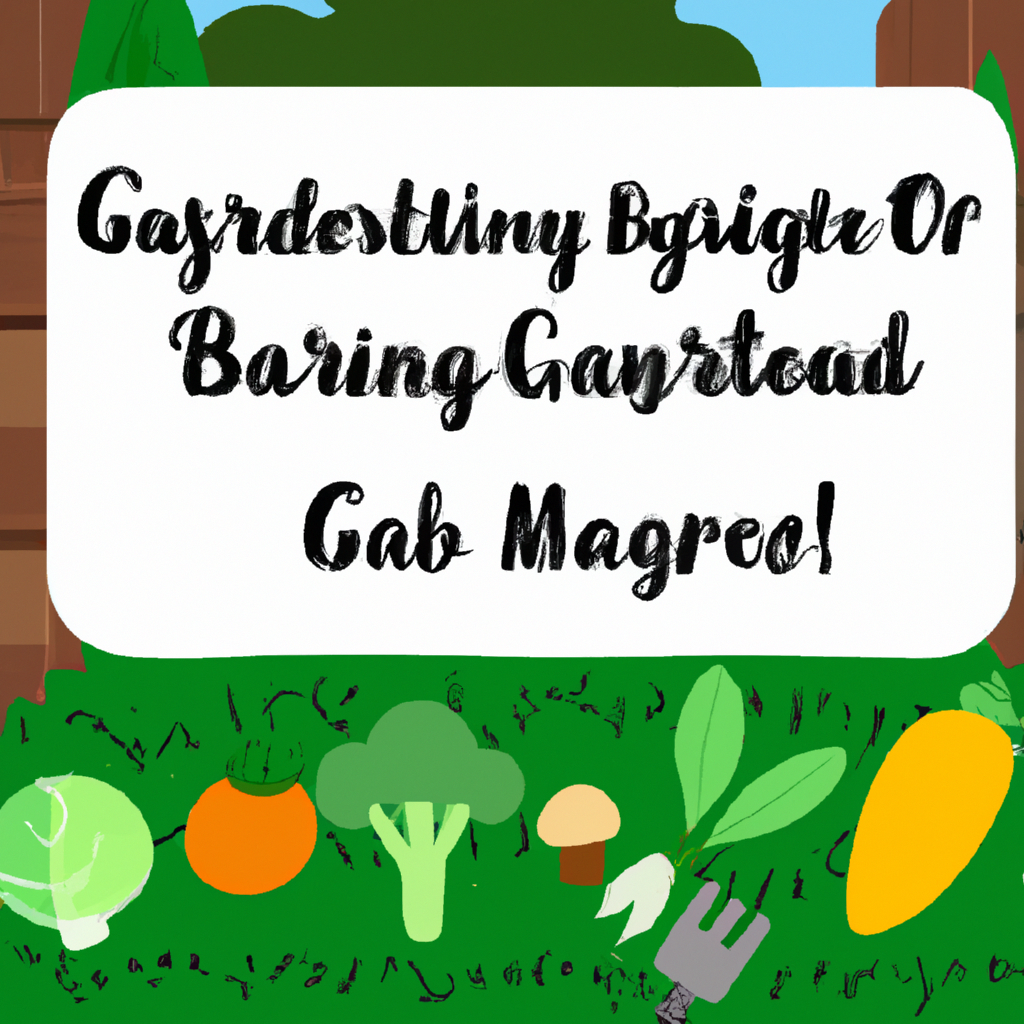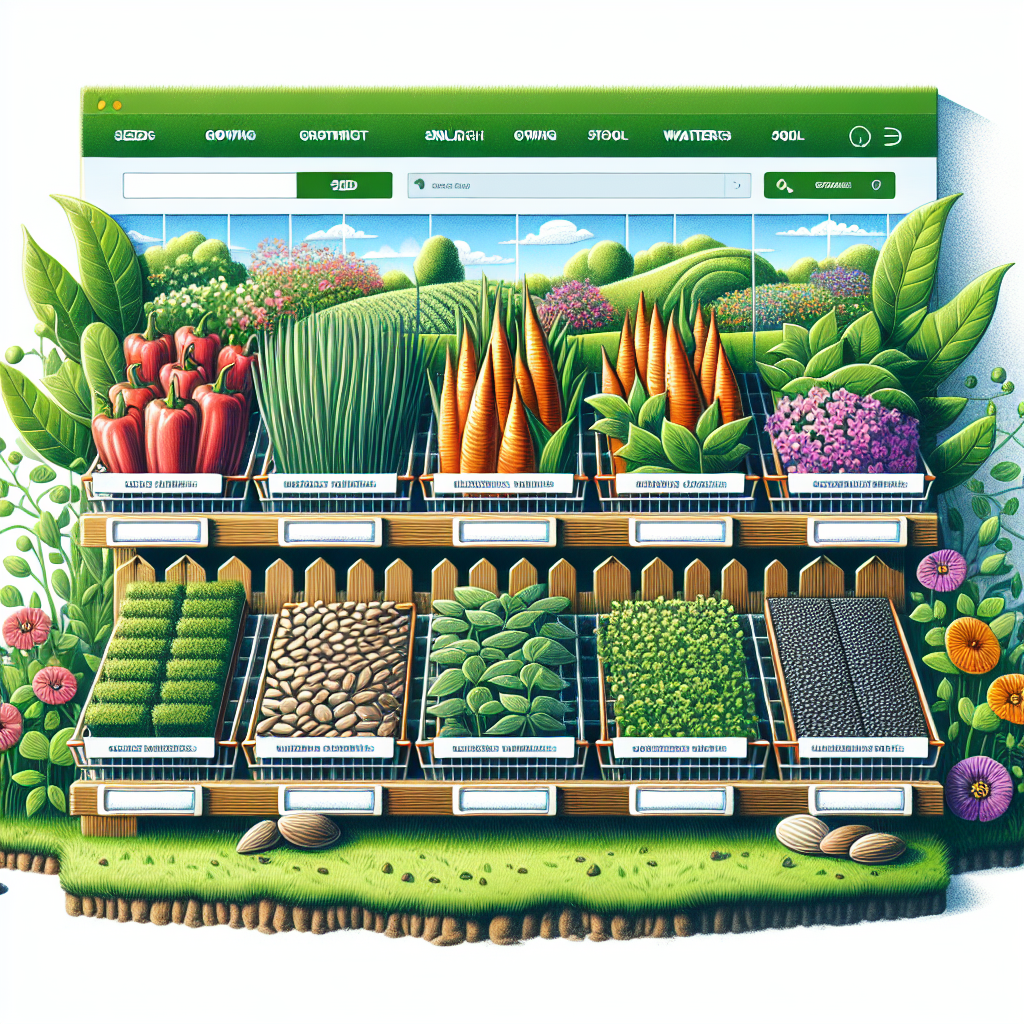How to Identify Quality Organic Seeds
Choosing quality organic seeds is a crucial first step for every successful organic gardener. Whether you grow vegetables, herbs, or flowers, starting with trustworthy, high-quality seeds can make all the difference in your harvest. But with so many options available, how do you recognize seeds that are truly organic, viable, and robust? In this guide, we’ll explore the most reliable methods and indicators for identifying the best organic seeds, ensuring your garden thrives from the very beginning.
1. What Are Organic Seeds?
Organic seeds are harvested from plants grown without the use of synthetic fertilizers, pesticides, or genetically modified organisms (GMOs). They adhere to organic certification standards, supporting sustainable agriculture and healthy ecosystems. When you select organic seeds, you not only foster a healthier garden but also support environmental stewardship and biodiversity.
- Non-GMO: Organic seeds are never genetically engineered or modified.
- Chemical-Free: No artificial fertilizers, fungicides, or pesticides are used on parent plants.
- Certified Organic: Must meet strict organic certification requirements.
2. Why Seed Quality Matters
Seed quality directly impacts germination rates, plant vigor, disease resistance, and overall crop yield. High-quality organic seeds offer reliable genetics, better adaptation to local conditions, and ensure that your gardening efforts are rewarded with healthy, robust plants.
3. How to Identify Quality Organic Seeds
When shopping for seeds, keep the following criteria in mind to ensure you select the best organic seeds for your garden:
A. Look for Organic Certification
The most reliable indicator of quality is an official organic certification label. Reputable seed companies will display certifications from recognized authorities (such as USDA Organic or equivalent in your region) on their packaging.
- Check for clear labeling: “Certified Organic”, “USDA Organic”, or local organic certification logos.
- Verify batch numbers and certification codes when available.
B. Inspect Packaging Date and Expiry
Freshness matters! Always check the packed-on and ‘best by’ dates. Older seeds may have lower germination rates.
- Choose seeds packed for the current or previous growing season.
- Avoid expired seeds or those with faded packaging, which may indicate poor storage conditions.
C. Examine Seed Appearance
Physical inspection can reveal a lot about seed viability:
- Seeds should be uniform in size, shape, and color.
- Avoid seeds that are shriveled, discolored, cracked, or have signs of mold.
- Healthy organic seeds are typically plump, firm, and free from debris.
D. Read Variety and Origin Information
Quality seed packets include detailed information about the variety, origin, and sometimes even the farm where seeds were grown. This transparency is a hallmark of trusted organic seed suppliers.
- Look for open-pollinated or heirloom varieties for better adaptation and genetic diversity.
- Ensure seeds are suited to your climate and growing zone.
E. Check Germination Rates
Reputable organic seed companies usually test and print germination rates on their packaging. Higher germination percentages (generally above 80%) indicate better quality.
- Opt for seeds with guaranteed germination rates.
- Perform a simple home germination test with a few seeds before planting a large batch.
4. Additional Tips for Selecting Organic Seeds
- Buy from reputable sources: Choose seed companies with a history of organic practices and positive reviews.
- Ask about seed provenance: Don’t hesitate to inquire about how and where seeds are produced.
- Store seeds properly: Keep them in a cool, dry place to maintain viability for future seasons.
- Consider disease resistance: Some organic seeds are selectively bred for natural pest and disease resistance.
5. Frequently Asked Questions
- Are all organic seeds heirloom?
- No, while many organic seeds are heirloom (traditional varieties passed down through generations), others are hybrids bred for specific traits without genetic modification.
- Can I save seeds from organic plants?
- Yes! Saving seeds from organic, open-pollinated plants helps preserve genetic diversity and can be a rewarding practice for gardeners.
- What’s the difference between non-GMO and organic seeds?
- Non-GMO means seeds are not genetically modified, but they may still be treated with chemicals. Organic seeds are non-GMO and grown without synthetic inputs.
6. Conclusion: Growing Success Starts with the Right Seeds
Learning how to identify quality organic seeds empowers you to make informed choices for your garden. By focusing on certification, freshness, appearance, and reputable sourcing, you lay the foundation for a healthy, productive, and sustainable garden. Remember, every thriving plant begins with a single quality seed!
Key LSI Keywords for “How to Identify Quality Organic Seeds”
- Organic seed certification
- Seed germination rate
- Non-GMO seeds
- Heirloom seed varieties
- Seed viability test
- Organic gardening tips
- Seed packet information
- Open-pollinated seeds



